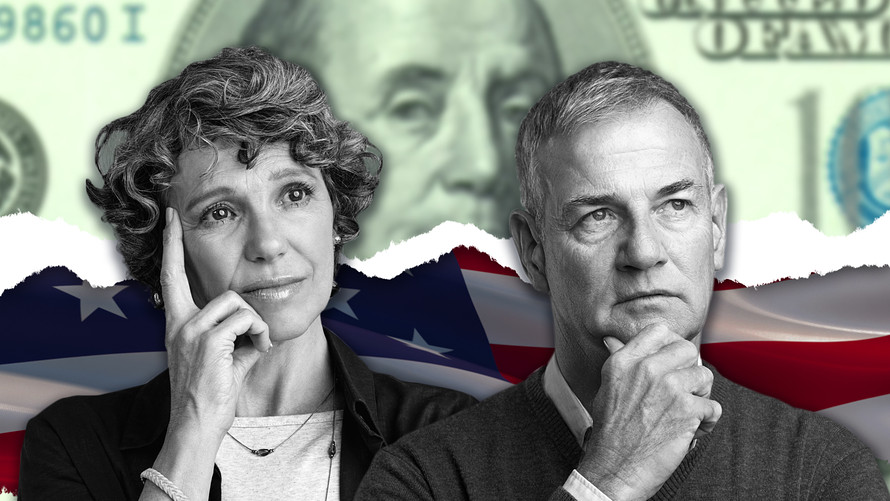
Many Americans haven’t saved as much money as they need for retirement — and the gap is expected to widen dramatically in the next 30 years.
The retirement savings gap — between what people have and should have — was $28 trillion in the U.S. in 2015, but by 2050, it’s expected to swell to $137 trillion, according to the World Economic Forum, a Cologny-Geneva, Switzerland-based nonprofit that researched international financial affairs. The disparity grows $3 trillion every year in the U.S.
The organization calculated this gap assuming most individuals’ retirement income sources would include a combination of government-provided pensions (such as Social Security), employer pensions in the public or private workforce and individual savings. They also analyzed the level of savings across expectations of income needs and life expectancies, assuming individuals would retire between 60 and 70 years old, for countries including China, Canada, Japan and the United Kingdom.
The gap is most pronounced in the U.S., followed by China and Japan tied for $11 trillion in 2015. China is also expected to see a significantly wider discrepancy in 2050, at $119 trillion, followed by India, with an $85 trillion gap. Overall, the eight countries the WEF analyzed will see a $400 trillion disparity.
WEF identified three key drivers of the shortfall: people are living longer; more informal work structures, like the gig economy, which can lead to uneven income and weak options for retirement savings; a growing middle class, where wages, costs and quality of living and expectations for retirement income are all inflating. Underfunding of corporate pension plans also contributes to the discrepancies, although barely — especially in the U.S. and U.K. where pension liabilities are under high scrutiny and regulation.
The shortfall may be more emphasized depending on income level. The WEF assumed retirees would need to replace 70% of their preretirement income, but lower earners may need close to 100% of their preretirement income to live comfortably in retirement, whereas high earners might require less. Rates of return will naturally have a significant impact on how much a person ultimately receives in retirement, but low rates are not nearly as substantial of a risk as having no or little stashed away for the future. “Increasing the percentage of those saving, particularly middle- and lower-income earners, will have the most significant impact on the overall level of retirement security,” the report noted.
Retirees can also expect to outlive their savings by years, especially women, the WEF found. U.S. males can expect to outlive their savings by eight years, whereas women may go more than 10 years.
Plenty of Americans stress over the challenges of saving for retirement. Many understand that they need to save quite a bit — some say to the tune of $1.7 million — but they’re not all taking the measures to get there, such as ramping up their contributions to 401(k) plans or using the appropriate investment accounts when they don’t have access to an employer-sponsored plan. Some workers, especially younger ones, say it is nearly impossible to save for retirement, when they have more pressing financial obligations to pay for, like housing, student debt and budding families.
The retirement savings system as it stands needs help, and the government is now stepping in to bring changes that may encourage more Americans to prepare for their far-off futures. Lawmakers have proposed legislation that would incorporate auto-enrollment into employer plans (where new hires are instantly given a retirement account), foster connections between unrelated companies to offer a retirement plan for those that can’t do it alone and perhaps even match employees’ student loan repayments to employers’ retirement account contributions.
